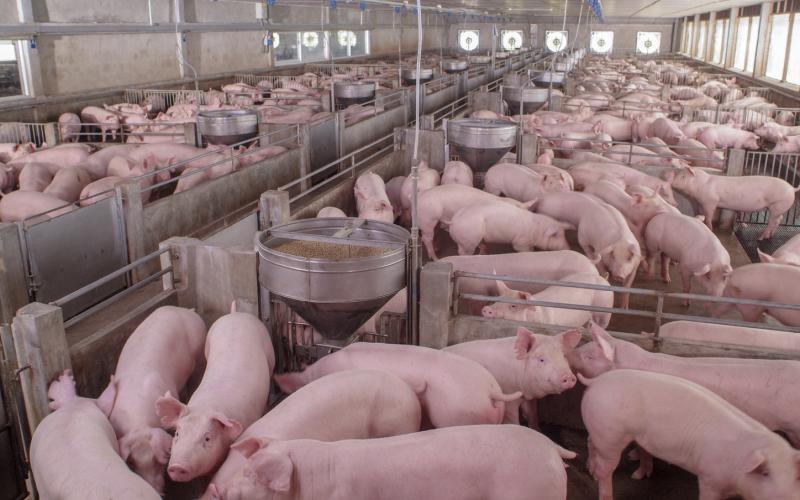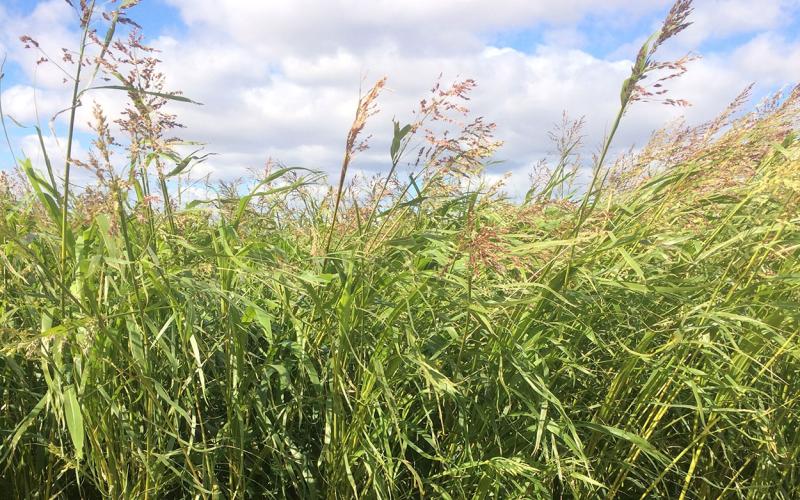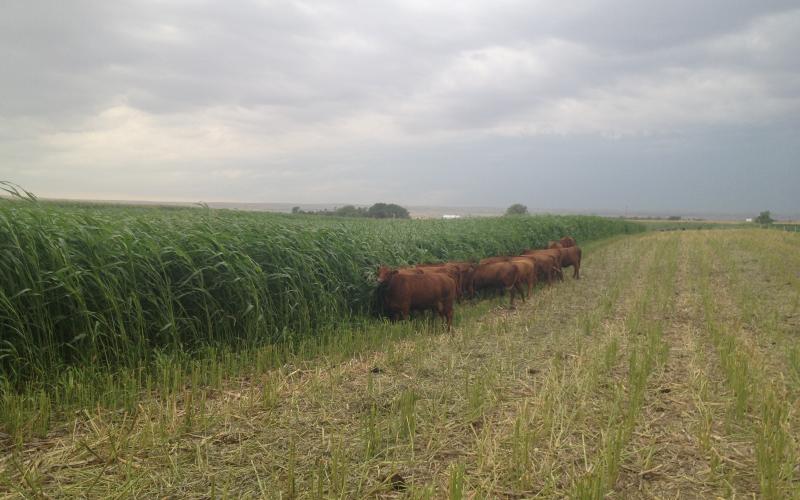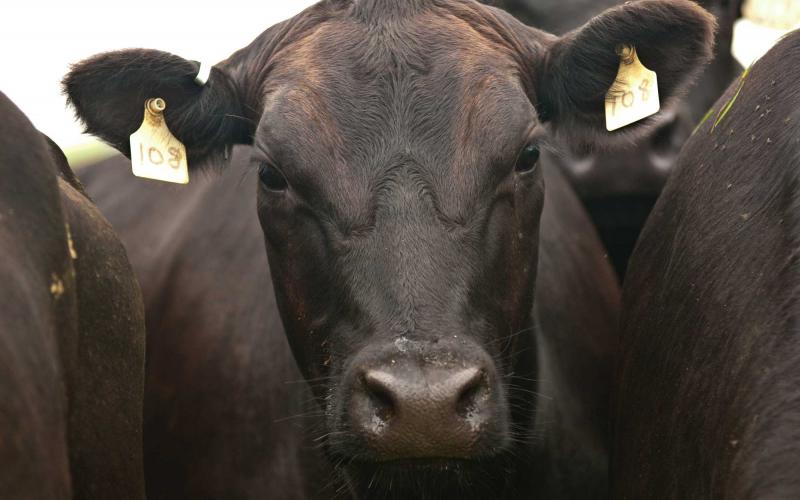Feeds
All Feeds Content

Branched Chain Amino Acids Levels in Swine Diets Containing Dried Distillers Grains With Solubles
Incorporation of dried distillers grains with solubles in swine diets above 20% can negatively impact growth performance of pigs. An imbalance in the branched chain amino acids, specifically excess leucine, is one potential explanation of this decrease in performance.

Balanced Branched Chain Amino Acids in High Corn-Distillers-Dried-Grains-With-Solubles Diets Adjusted by Soybean Meal Level
Recent research at the SDSU commercial wean-to-finish research facility investigated the growth impact of different branched-chain-amino-acids-to-lysine ratios in swine diets high in corn distillers dried grains with solubles.

Considerations of Urea Use in Cattle Rations
In beef cattle nutrition, it is important to understand how protein is used along with the various protein sources available for diets. Urea is an example of a non-protein nitrogen source that can be used in diets in certain situations.

Using Corn Wisely for Replacement Heifers
Producers’ goals are to maximize returns and this could be achieved through least-cost rations that provide the desired performance.

Incorporating Corn Into Beef Cow Rations Can Save Forage and Feed Expenses
For operations with the right facilities and management ability, replacing forage with corn can stretch forage supplies and potentially reduce feed costs.

Using Annual Cover Crops and Forages in Lieu of Row Crops
Although there are many factors to take into consideration, annual forages and cover crops can be an excellent tool to mitigate challenging planting seasons.

Delayed Planting Challenges: Cover Crop Considerations
High waters and saturated soils across many counties in South Dakota have producers worried about getting their crops planted in a timely manner this spring. In many areas, typical cash crops will not be a possibility. Producers may need to develop alternative plans.

Delayed Planting Challenges: Alternative Forages
With the excessively wet planting conditions much of South Dakota is now experiencing, many producers are looking for “Plan B” to meet forage needs for their livestock, or as a commodity that can be marketed to livestock producers.

Clearing up Confusion on Protein and Energy Supplements
Differentiating between protein and energy supplements is key to developing an effective cattle supplementation program, but it can be very confusing. With the multitude of feed options available, understanding types of feeds and nutrient requirements will help ensure cattle perform optimally.

Mineral Consumption: It Matters!
Cattle mineral nutrition is complex and often confusing, but one strategy to help ranchers better evaluate their mineral program is to monitor mineral consumption.